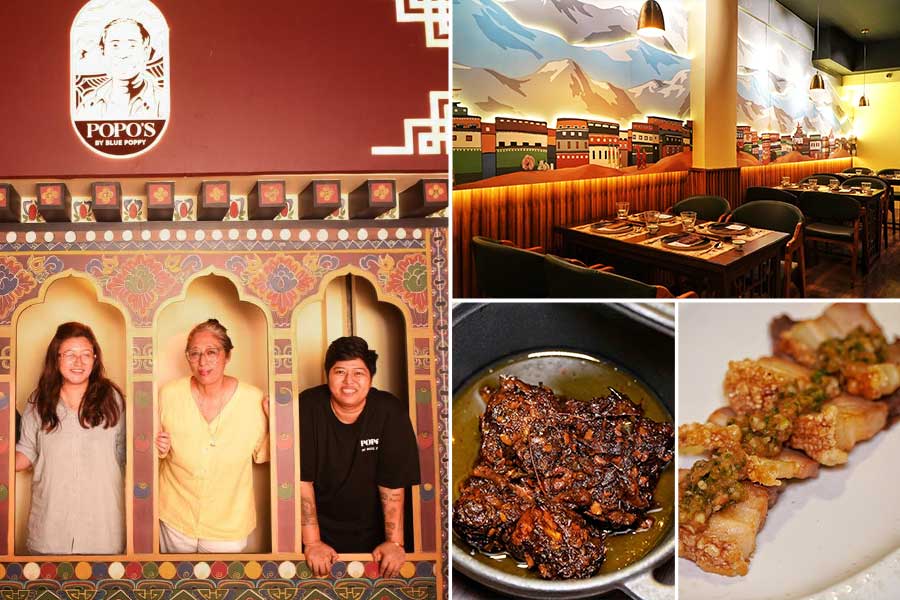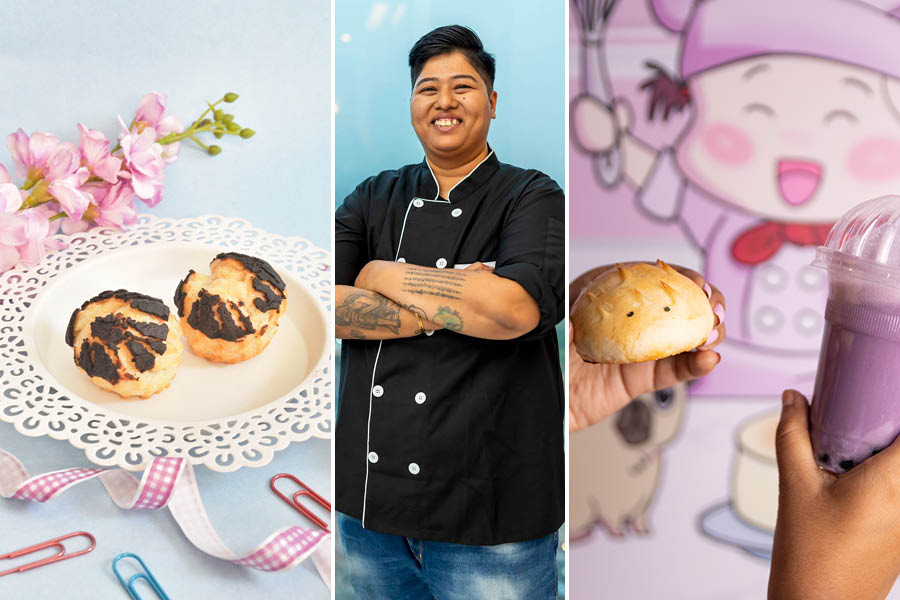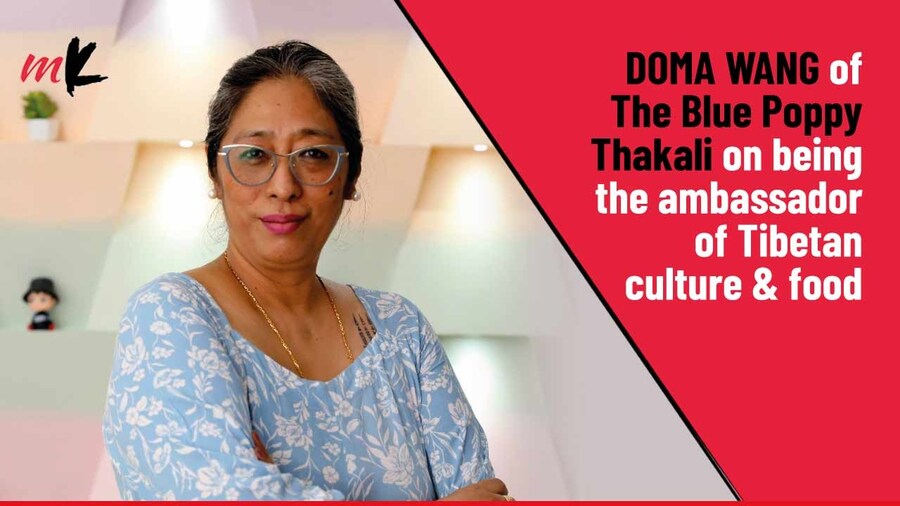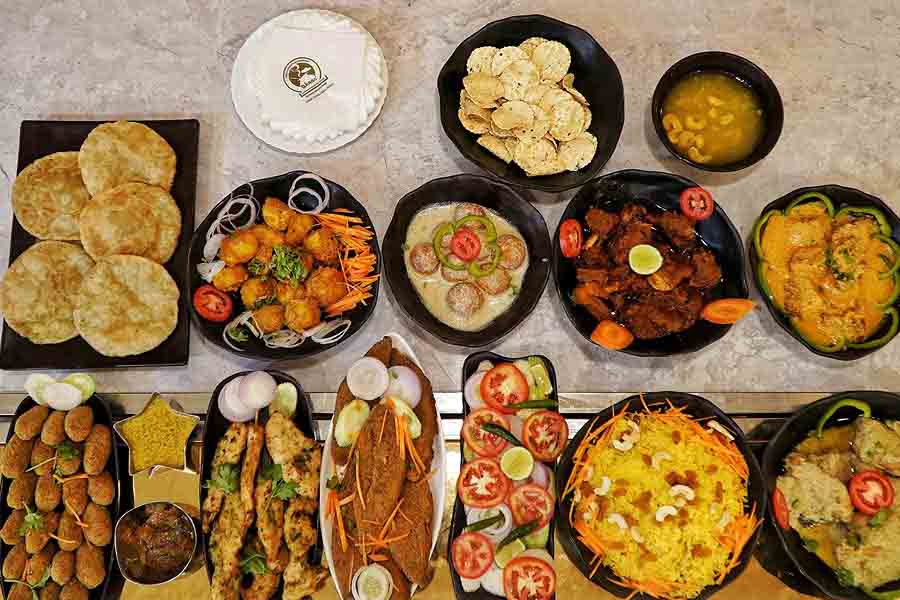When The Blue Poppy family launches a new restaurant, it’s a signal to food lovers that something special is on the way. Popo’s by The Blue Poppy is more than just a new dining destination; it’s a tribute to the family’s maternal grandpa, affectionately known as Popo. Located next to Sikkim House, the restaurant menu has Chinese and Tibetan influences, reflecting Popo’s heritage. From recreating her grandfather’s rustic dishes to creating new flavours, chef Sachiko Seth gives My Kolkata a glimpse into the thought and love behind every plate served at Popo’s. Excerpts from the conversation…
My Kolkata: Firstly, where has Boma Asian Bakery moved?
Sachiko Seth: (Laughs) Boma the bakery has relocated to the front of the same building – to a smaller place. Since the real Boma [the bakery is named after business partner Manisha’s daughter] is small, we made the space small too. But Boma playfully warns me that once she grows up, she’ll take over Popo’s and turn it back into Boma!
![Co-owners of Popo’s Sachiko Seth (right) and Manisha (left) with Doma Wang. “Mumma [Doma Wang] is the face of Popo’s — after all it is her father we are celebrating. I have named it Popo because I am cooking his food, but Mumma is a better representative. Manisha and I will be in the background,” said Sachiko](https://assets.telegraphindia.com/telegraph/2024/Oct/1728216069_cms-3.jpg)
Co-owners of Popo’s Sachiko Seth (right) and Manisha (left) with Doma Wang. “Mumma [Doma Wang] is the face of Popo’s — after all it is her father we are celebrating. I have named it Popo because I am cooking his food, but Mumma is a better representative. Manisha and I will be in the background,” said Sachiko
Tell us more about Popo’s. How was the idea born?
The restaurant is our homage to Popo, our maternal grandfather. One day, we were just sitting and brainstorming about doing something different, and Manisha suggested, ‘Why don’t we do Popo’s?’ The name stuck, and it felt right because the love for food imbibed in us is Popo’s doing. We wanted to share the flavours passed down to us.
Popo is from China and my grandmother is Tibetan, so the restaurant’s menu is a fusion of both cuisines, reflecting their heritage. For example, dishes like the Aubergine with Chicken Mince come straight from his recipes, though his version was more rustic. Like he would just fry the brinjal and toss the mince in; which didn’t look very appetising. So, I have taken his recipes and made them look more appetising, but they’re still the everyday meals we grew up with. Like Kalo Chicken is made at home, and we call it kalo chicken only. First, we thought about giving it a fancy name for the menu. Then, we were like, why do we need to make it fancy? So we’ve tried to retain the rustic essence while making it more restaurant-friendly.
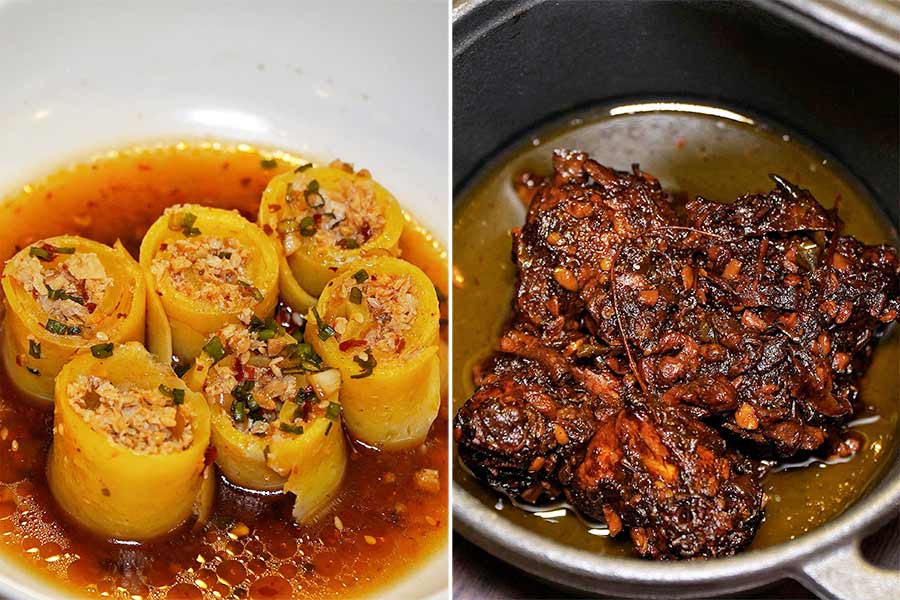
Sachiko’s favourites include the Sesame Chilli Laphing and the Kalo Chicken
How did you incorporate elements of Popo into the restaurant’s ambience?
Popo had a noodle factory, and the waiting area of the restaurant is inspired by it, with a similar wall, shutter and even these wooden beams. Funnily, we had to pay to make these walls look rustic and worn, while those were naturally so (laughs)! Once inside, we want people to get transported to the high-altitude mountains of Tibet via the wall imagery. Popo was from the China-Tibet border so he spoke Tibetan, though he was Chinese. Even the floors are reminiscent of the wooden floors at home that we had to polish until they shone before every Losar.
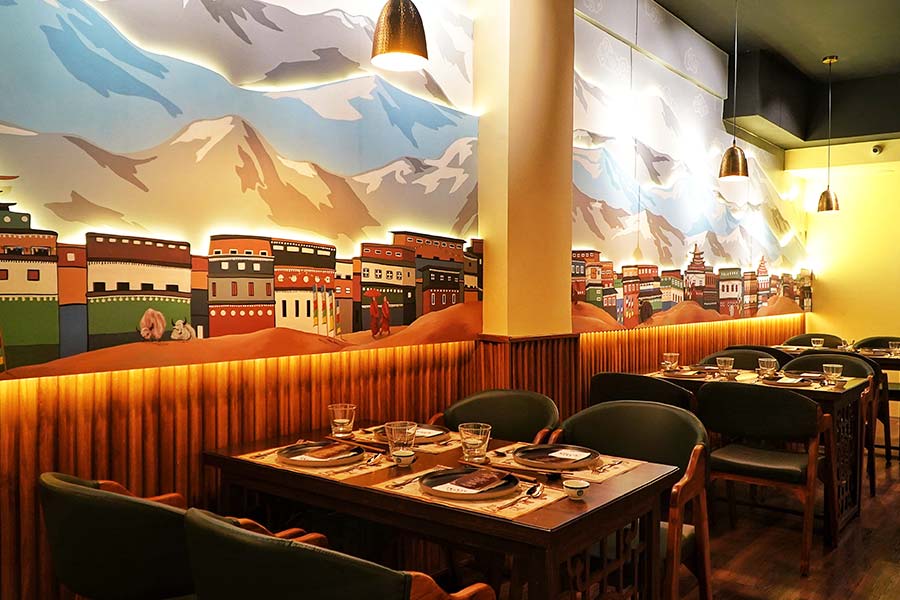
‘Once inside, we want people to get transported to the high-altitude mountains of Tibet via the wall imagery,’ says Sachiko
Some dishes like Popo’s Fried Rice have been on The Blue Poppy menu for years. Was it challenging to create a differentiation between the food at The Blue Poppy Thakali and Popo’s?
As a chef, I wanted a space where I could push the bar in terms of ingredients and experimentation. Popo’s has become that space for me. The Blue Poppy Thakali is already a fan favourite and making significant changes to the menu could risk losing that connection with the audience. At Popo’s, I have the freedom to use imported ingredients and focus on details like making momos after the order is placed — so guests can enjoy them at the first steam.
We’ve set the price range from Rs 350, with larger meals going up to Rs 750. For instance, our Hainanese Chicken Rice Set includes steamed chicken, rice and soup – perfect for one person. We also offer a variety of options. The most expensive item is the Chimney Soup at Rs 950, which serves three. Every Losar, it was a tradition for Popo to have Chimney Soup on the table, so we’ve kept that along with the Losar Pork Roast. With The Blue Poppy, I think why I had started cooking got lost in between. So it’s giving me immense pleasure to work in the kitchen creating something new.
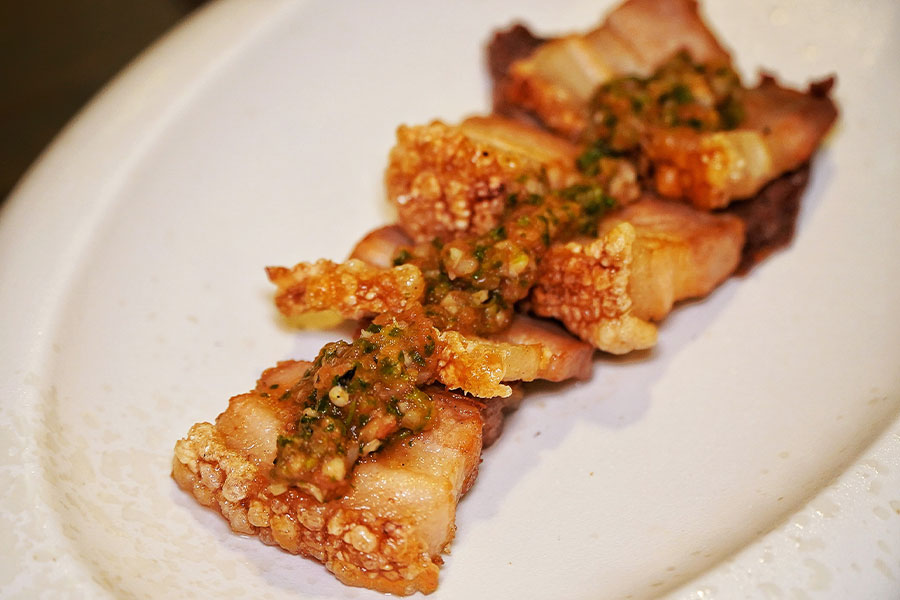
The Thrice Cooked Crispy Pork is a meaty marriage of textures and flavours
Finally, which dish took the maximum number of retakes?
The Thrice Cooked Crispy Pork. It involves baking, frying, and using Belgian pork belly instead of local pork to get the right texture and flavour.
*****
Manisha, who has a sweet tooth, is the lady behind the desserts at Popo’s. She takes us through the sweet treats at Popo’s.
Chai Biscuit Dessert: In the Northeast, it’s a tradition to start the day with butter tea and Champa, which is known as the Himalayan superfood. It’s packed with nutrients and often sustains Sherpas during their climbs up Mount Everest. We decided to reimagine this into a dessert. We created Tibetan butter tea ice cream and combined Champa with sugar syrup and butter to form a dough-like base. To finish it off, we drizzle it with a rich tsampa caramel sauce and top it off with nuts.
Bakcha Moku: The traditional way of making this is a basic prep of fresh churpi, butter and sugar. We’ve given it a modern twist by creating a cheese ice cream and replacing the traditional filling inside the Bakcha Moku – usually made from maida – with mochi balls so that it is chewy and has a nice texture.

(Left) the Bakcha Moku and (right) the White Rabbit. “Nobody plays with Tibetan food in a modern way, so we thought this would be a good format,” said Manisha about the desserts
White Rabbit: Inspired by the White Rabbit candy, we transformed it into a playful rabbit-shaped ice cream. It sits on a base of Japanese cheesecake, topped with a sauce made from melted White Rabbit candy and condensed milk. Finally, a handful of nuts adds to the texture.
Chilli Guava Ice Cream: This is served with Doma di’s chilli oil!
